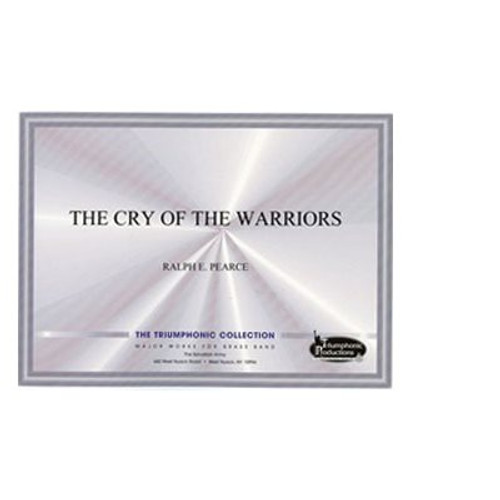Product Description
- Words & Photographs by William W. Francis
- 138 pages.
- Published 1993, The Salvation Army
Preface
While God's consummate Word is complete and effectual in itself, and understanding of the geography, history and social context of biblical times is of immeasurable benefit to the student of the Word. With this in mind, some have referred to the Land of Israel (Eretz Israel) as "the Fifth Gospel."
All who take the Bible seriously want to know more about the wonderful reality and truths it contains. Over the centuries, biblical places and characters have assumed an almost fabled understanding. Yet Capernaum, the Jordan River, Jerusalem and the Sea of Falilee are not mythical names. They are real places. And David, Peter and Jesus are real people who lived in these places.
We have traveled to Israel, Jordan and Egypt on nine occasions both as tour hosts and on personal visits. Each sojourn has been like opening the Bible for the first time. It is fresh; it is enlightening; it is inspiring; it is the journey of a lifetime. One fellow traveler described his pilgrimage as seeing the Bible in three-dimensions for the first time. Another likened the experience to see the Bible "in color" after reading it in black and white for so many years.
While we have the estimable joy of introducing hundreds of people to Eretz Israel, my ardent prayer is that those who will not travel there in this life, will in some measure, vicariously relish the experience through these pages.
With respect to the content of the book, my primary purpose has been to provide brief introductory information on eighteen major locations which Jesus frequented during his earthly ministry. The chief criterion for including a site is its authenticity as established by conventional scholarship.
My method has been to furnish a brief overview of the geography, history, archaeological findings and spiritual significance of each site. The treatment is conspicuously limited. It is my hope that the succinct introduction and reflection on each location will wet the readers appetite for further exploration through biblical research and, if possible, by taking a personal pilgrimage to the Holy Land.
My use of the term "Holy Land" throughout the book is not intended to ignore modern political realities but to facilitate an overview of the geography and history through the ages. The expression "Holy land" in this book refers to that portion of the eastern Mediterranean seaboard south of the Lebanon and Anti- Lebanon Mountains, with the Mediterranean sea as the western boundary, the Arabian Desert as the eastern boundary and the Sinai Desert as the southern boundary. Using present-day political borders, the Holy Land includes the modern State of Israel, the Hashemite Kingdom of Jordan and the so-called occupied territories of the Gaza Strip, West Bank and Golan Heights now under Israeli control.
Now, with the Prophet Isaiah I entreat you to "'ᄀᆳCome, let us go up to the mountain of the Lord, to the house of the God of Jacob. He will teach us his ways, so that we may walk his paths.' The law will go out from Zion, the word of the Lord from Jerusalem" (Isaiah 2:3).William W. Francis
Suffern, New York
January 1993








